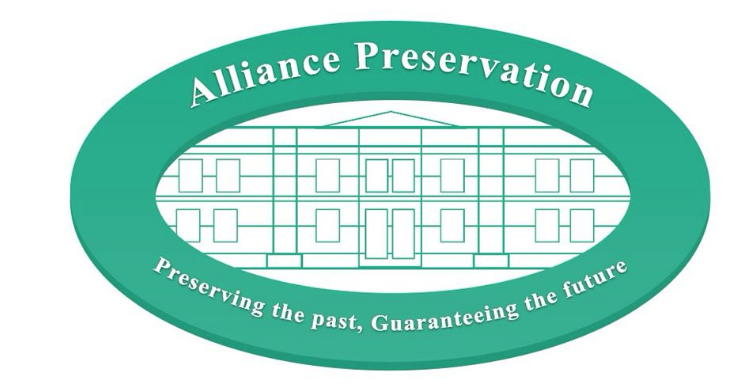Woodworm
Common furniture beetle (anobium punctatum) can affect timber anywhere – but it usually attacks soft wood and likes a small amount of moisture in the timber. The adult beetle lays its eggs in crevices and between timber joints the larvae hatch out and are too small to see the entry hole. The larvae bore up and down the grain of the timber creating frass in the tunnels they bore. They digest the starch in the timber converting this to sugars. The period of larvae development prior to metamorphosis into the adult beetle can be from 2 – 4 years.
As the temperature in the environment warms towards summer the larvae bore their way to just below the surface of the timber and create a chamber into which the larvae then change into the adult winged beetle. The beetle then gnaws its way out of the timber leaving an round to ovoid shape hole 2 – 3 mm wide with sharp cleanly cut edges and the frass created from the boring of the hole and tunnel leading to it will have spilled especially if the hole is on the underside of the timber.
The adult beetles crawl or fly towards the light or white surface seek a mate lay eggs and repeat the life cycle. Successive life cycles can if not interrupted by appropriate treatment can cause considerable damage and eventual collapse of timbers.
Inspection
When inspecting accessible timbers the entry holes are too small to see. Exit holes means the attack is at least 2 years old. A heavy scattered attack means several life cycles over a decade or more.
Inspections are random and limited to those timbers visible at the time of inspection. Consequently it is not possible with absolute certainty to say that there is no live infestation.
However as responsible surveyors we will not recommend treatment unless at least one of the following has been found – fresh exit holes, frass and dead adult beetles.
Treatment
Treatment is via low toxicity chemicals, including permethrin, boron, hormonal retardants, which are deposited on the surface of the timber and which the form a toxic (to woodworm beetles that is) barrier ingestion of which by the emerging adult to entering larvae will act as a stomach poison and kill the insect. Thus control over the continued spread of the attack is immediate and the attack is eradicated over the residual fly out period of up to four years. Described below:
Floorboards are removed as required to gain access to joists and undersides of boards.
Timber should be free of cobwebs and dust wherever possible.
Structural integrity of timber cannot be restored by treatment and we will advise where necessary any timber replacement.
Health and safety advice will be given prior to treatment.
Some general points should be noted
Inspections can never cover all timbers – the best that can be done is to examine accessible timbers in damp areas typically to timber floors round the bottom edge of lavatory bowls, under baths, in airing cupboards, under-stairs cupboards, loft timbers round the hatch frame, ridge boards rafters etc. under floor areas especially where air bricks are blocked.
Thus carpets must be removed at random where necessary to gain access to underfloor areas where possible.
Infestation of timber by house longhorn, death watch beetle, bark borer, weevil are not covered here. The former two are undertaken by specific request and both inspections and treatment vary from that described above.
